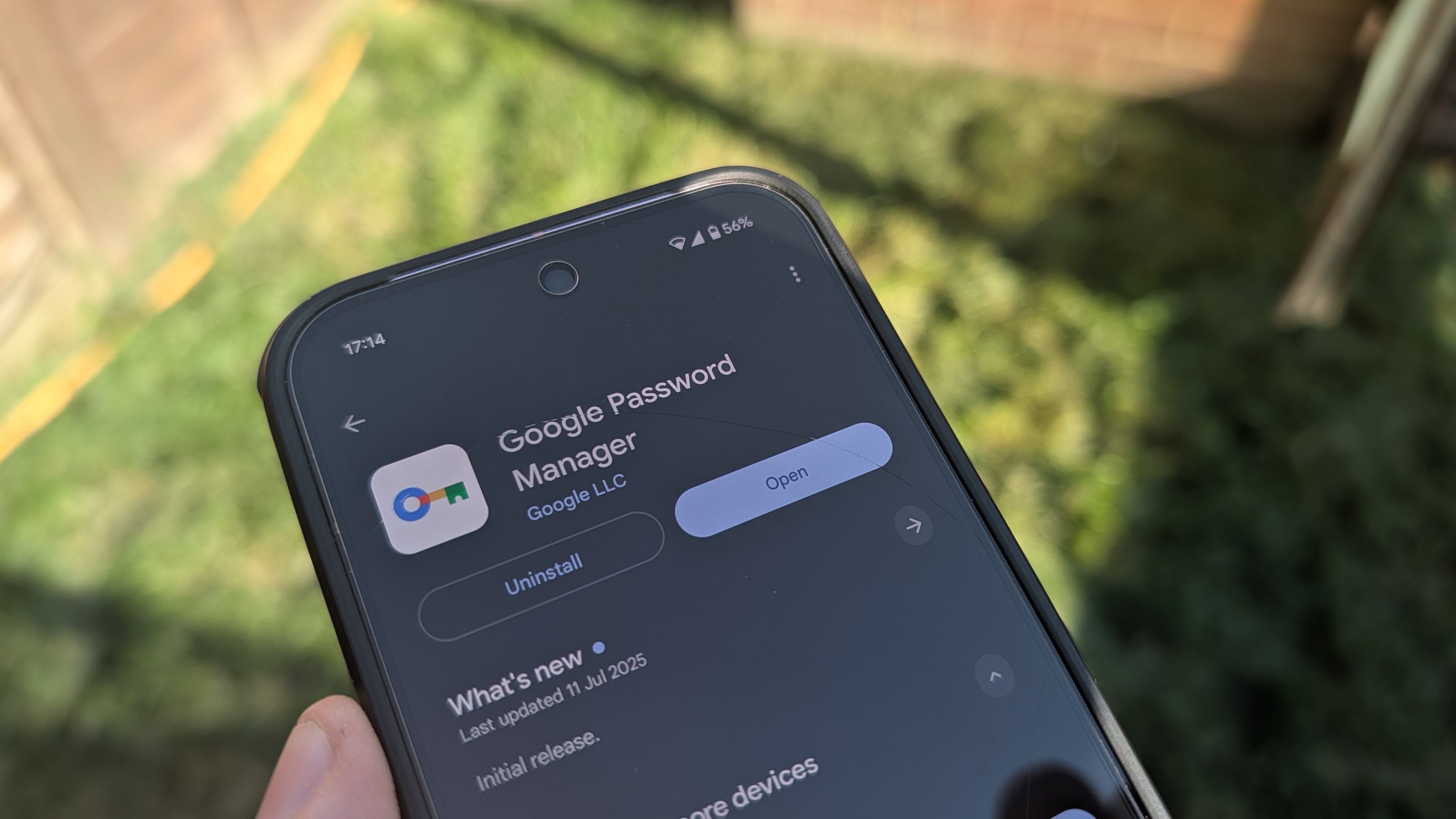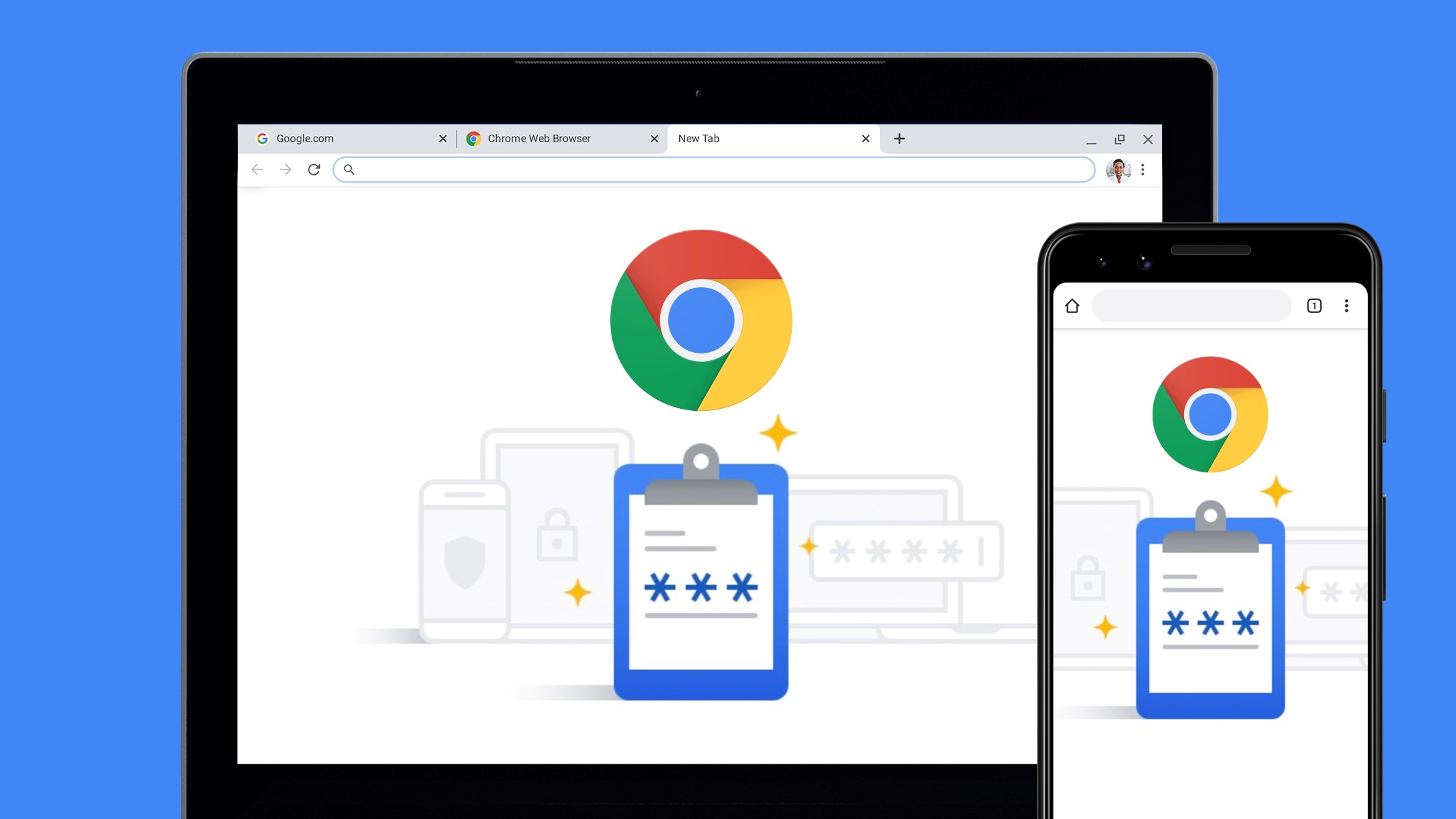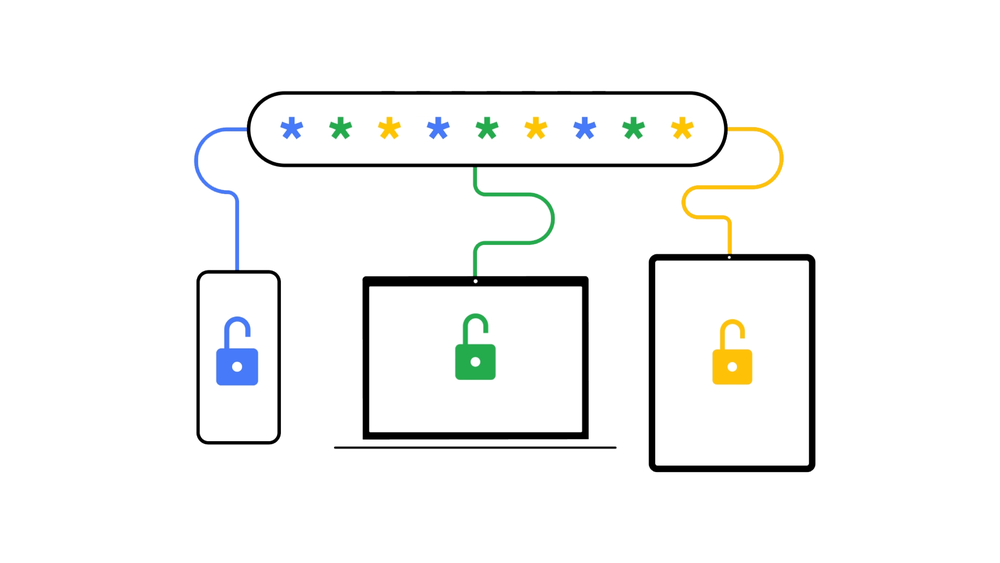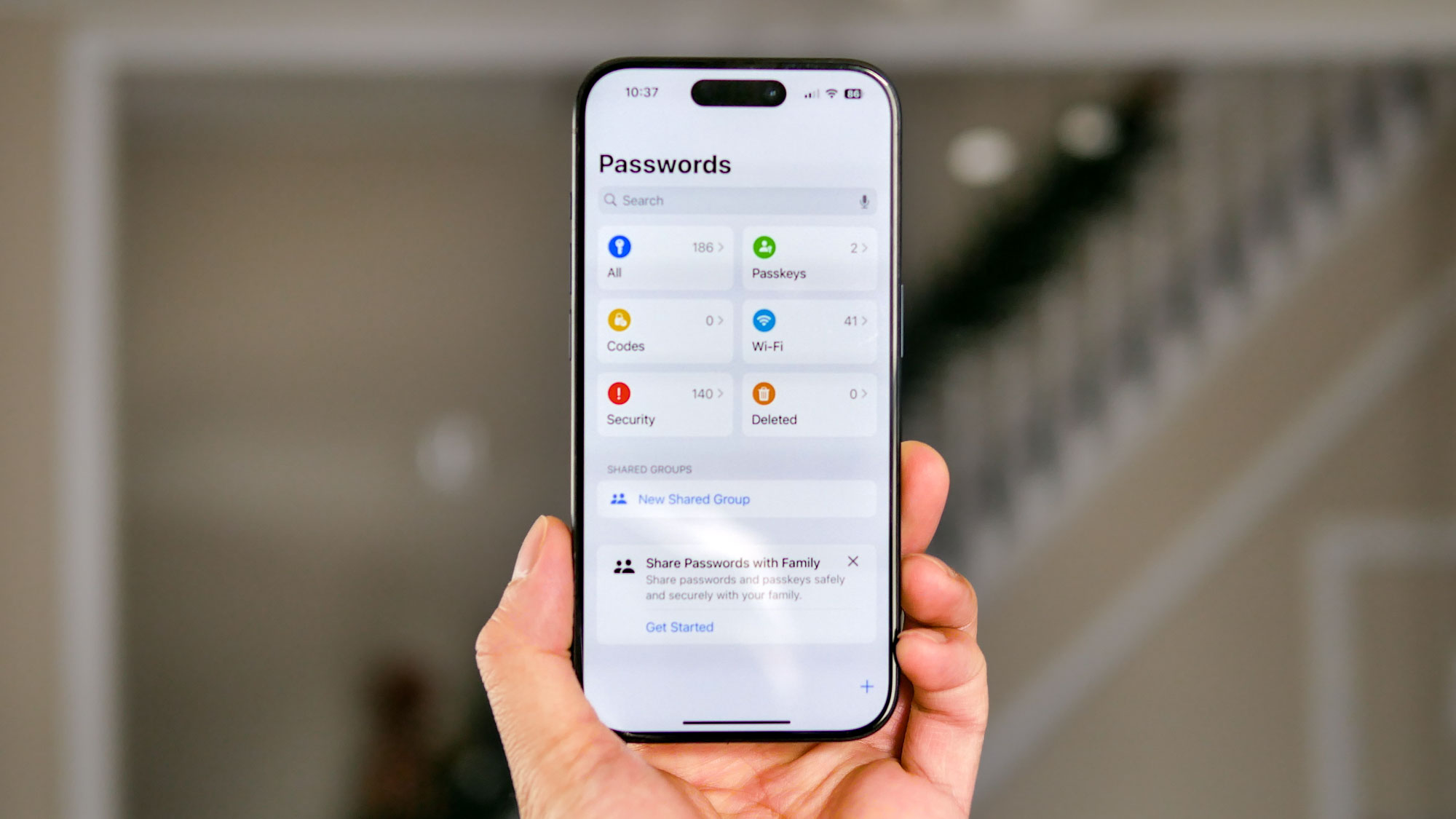Google Just Fixed One of the Biggest Problems with its Password Manager — But I Still Don't Think it's Good Enough

I don't really spend much time mulling over the contents of our best password manager page, and the various options that are recommended. However it does not surprise me in the slightest that Google's password manager is not on that list.
It's not that it's particularly bad at its job, but it is an absolute pain to deal with most of the time. Thankfully it seems that the launch of the Pixel 10, and various Android 16 upgrades that coincide with it, may have fixed one of the most glaring issues.
Unfortunately I don't think it goes far enough, and Google should steal some of Apple Passwords' ideas instead.
The problem with Google password manager

The big issue with Google's password manager over the years is that it was buried in a maze of menus across various Google platforms. Especially on Android where you had to delve into various Google account settings to see what's there and to access the information on offer.
Admittedly, I can kind of understand what Google was going for with this system. The goal seems to be that Google wanted a password system that worked autonomously, using autofill to enter passwords for you whenever they're needed.
This later changed when Google let you add a password shortcut to your Android home screen. Though, this too required you to dive further into the settings to find that particular option. By this point I had more or less given up on the idea of Google Passwords by that point anyway. It may have been free, but it always felt like such a chore to actually use that I ended up paying for a competitor.
While I'm only paying somewhere around $1.50 a month for my current password manager (NordPass), the fact I'm paying for a premium password manager when a free one was available is, admittedly, pretty dumb. But that's the state of what Google's password manager was at the time.
Get instant access to breaking news, the hottest reviews, great deals and helpful tips.
Now, though, Google seems to have fixed this issue by turning the password manager into its own app (of sorts).
The fix so far

As spotted by 9to5Google, Google Password Manager now exists as its own thing on the Play Store, letting you download it to a bunch of Android phones — if not all of them. You literally just need to head over there on your phone and tap install, and Google Password Manager will exist in app form on your phone.
Of course, the only difference between this "app" and the old shortcut option is the process of acquiring them. They go to exactly the same place, and offer the same access to your Google-stored passwords. It's just that one comes from Google Play and the other one involves some serious menu navigation.
The added benefit of it being a Play app also means that Google could enforce a rule that requires Android phone makers to include the password manager out of the box. Much like it does with apps like Google Docs and Maps. That should make password managers a little more accessible on Android, since there's no actual effort required to get them. So long as users actually set up and save complex passwords instead of using the same password for every single account they own.
Of course the fact the Google Password Manager hasn't changed, despite now being an official Play Store app, is problematic in itself. Because we've already seen that other free password managers can offer a whole lot more than simply securing your login details.
Google needs to follow Apple's lead

I have been extremely impressed by the Apple Password Manager, which launched last year alongside iOS 18. Not because it solved the outstanding issue of accessing the iCloud Password Keychain more easily, or that it was freely available to all Apple device users. It was the fact that Apple turned it into more than just an ordinary password manager.
It's not just a place to store login details or passkeys. It's also home to ever-changing authenticator codes and Wi-Fi passwords, while also altering you if any of your details have been detected in data breaches. It is your single go-to place for all things security.
Google offers these things too. The latter is part of the existing Password Manager, and the Authenticator app has been a staple part of my phone for well over a decade. But the fact that Apple has merged all these things so they're available in a single location, and locked it behind biometric security by default, means it's a heck of a lot more convenient — and has that extra feeling of security.
Is putting everything together in a single spot a good idea? I have no idea, to be honest. There's also the fact Apple Passwords lacks the ability to store secure notes, documents and contacts — something all good password managers offer. But the fact that everything can be accessed in a single spot is very helpful, and it makes it all the more likely people will take advantage of that. Especially since it's free, and works across all your devices.
Matching what Apple does with Apple Passwords should be next on Google's list of priorities. Then it can focus on surpassing that, and gunning for the dedicated password managers. Because the sooner I can downgrade my Nord subscription to just the VPN, the happier I will be.
More from Tom's Guide
- Your Samsung Galaxy phone comes with a hidden Easy Mode — here's how to activate it
- I’ve now held the Pixel 10 Pro Fold and Galaxy Z Fold 7 — and there’s a clear winner
- Android finally steals the ability to undo texts from iMessage — and it's rolling out now

Tom is the Tom's Guide's UK Phones Editor, tackling the latest smartphone news and vocally expressing his opinions about upcoming features or changes. It's long way from his days as editor of Gizmodo UK, when pretty much everything was on the table. He’s usually found trying to squeeze another giant Lego set onto the shelf, draining very large cups of coffee, or complaining about how terrible his Smart TV is.
You must confirm your public display name before commenting
Please logout and then login again, you will then be prompted to enter your display name.
